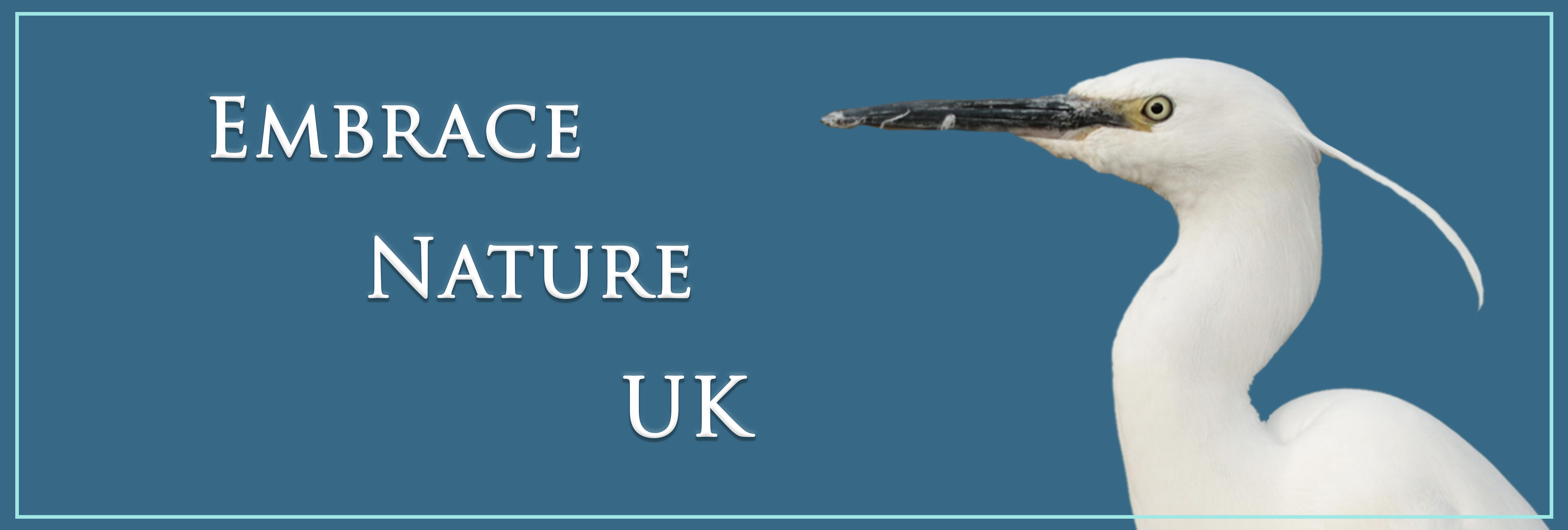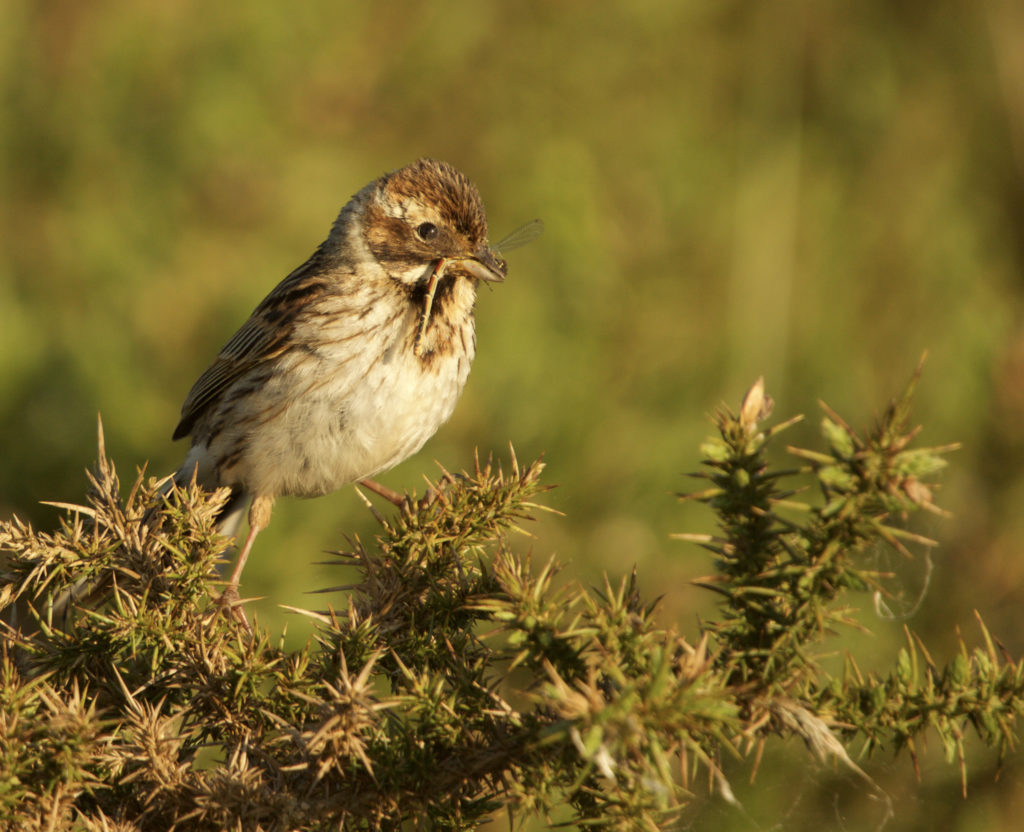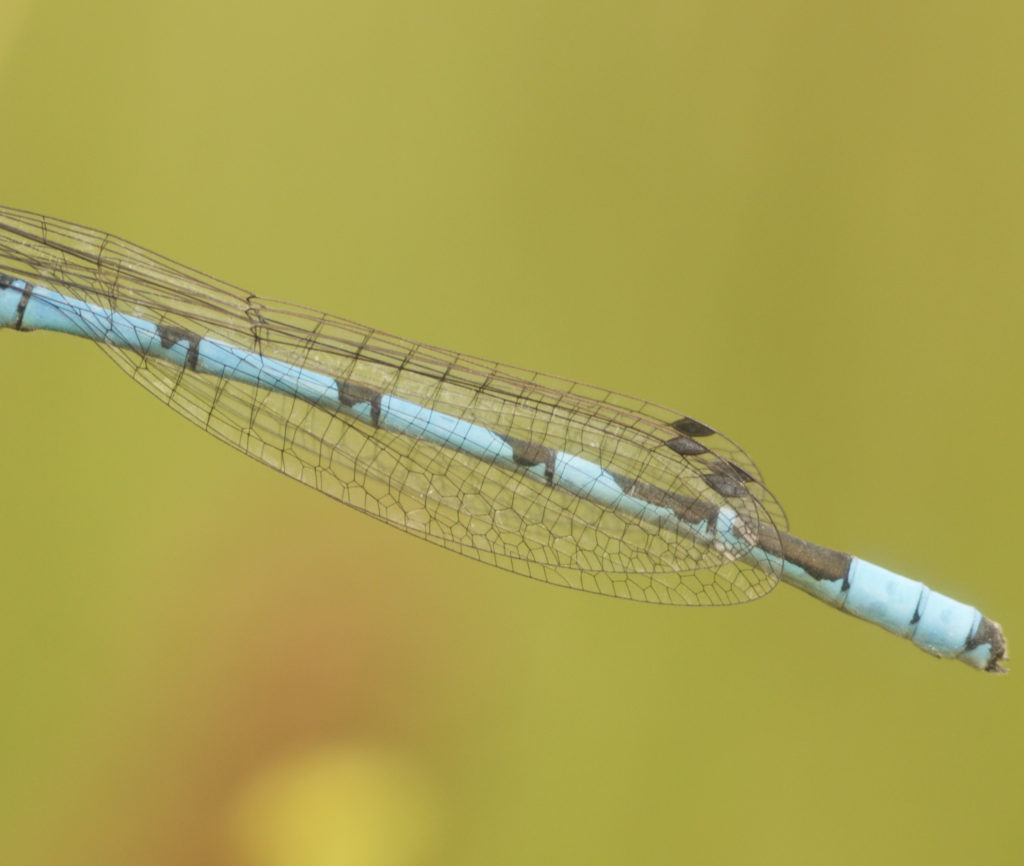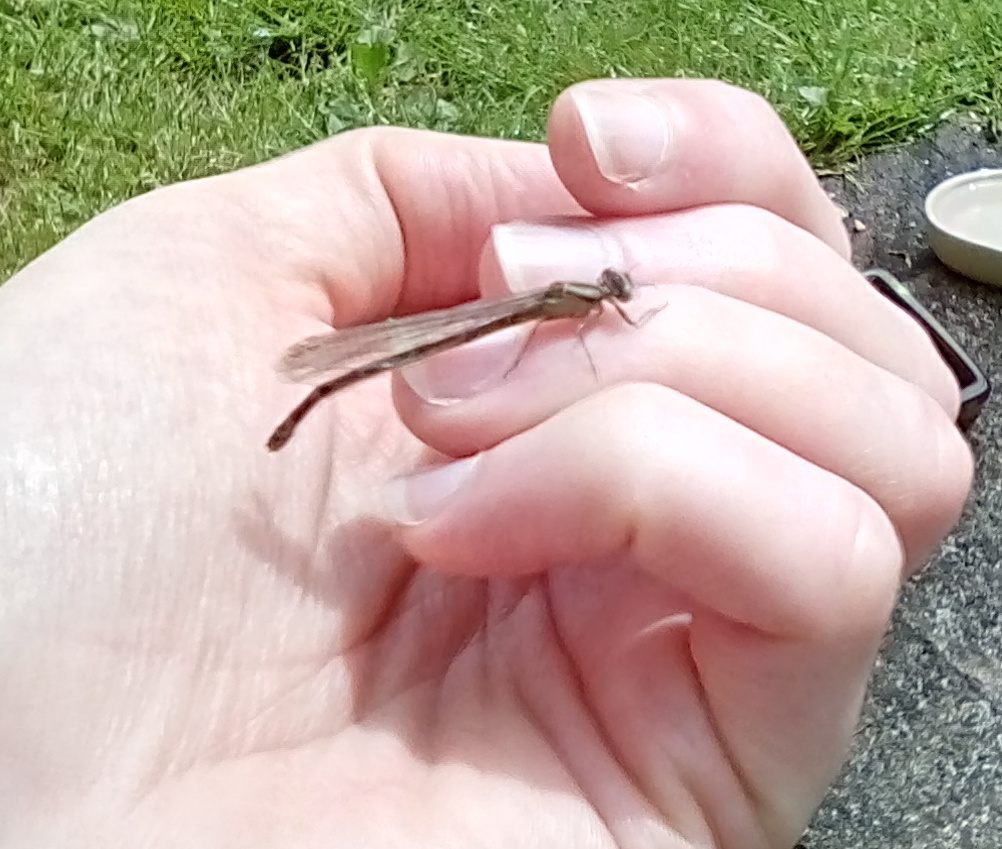The Embrace Nature UK garden gets a lot of visitors – some regularly and some just for part of a day. We’ve not been aware before of how many damselflies and dragonflies fly through the garden but this year, we’ve seen a lot!
Dragonflies have superb agility and are powerful in flight, which is thanks to their ability to move their two sets of wings independently. Sometimes it can be easy to overlook small creatures because of their size but if you take the time to look more closely, you’ll see how fascinating they can be. Insects such as Dragonflies and Butterflies are so brightly coloured that, thankfully, we can spot them a little more easily. However, this was not always a good thing though whilst bright colouring has been a factor in the downfall of butterfly populations, Dragonflies have escaped that particular evil. It was not uncommon years ago for people to kill butterflies for their collections. They once would have been numerous but now their numbers have dwindled, which has also not been helped by habitat loss and most likely pesticides. Dragonfly’s colours fade when they’re killed, which prevented people from collecting them, however their numbers have still declined due to habitat loss.
There are two main groups of Dragonflies – the True Dragonflies (Anisoptera) and Damselflies (Zygoptera). They are fairly easy to tell apart as true Dragonflies are unable to fold their wings whereas Damselflies and Demoiselles are often seen perched with their wings folded.
Spring and Summer are a great time to get out and about to local ponds or lakes to find Dragonflies. You may see them elsewhere and later on in the year but to see them en masse, it’s worth picking your place and time. We have always found very sunny days to be a great chance to see them sunbathing, which sometimes will allow you the opportunity to get a bit closer and have a look at their incredible colours and intricate wings.
Dragonflies are so well formed and evolved that they remain very similar to a genus of insects that existed during the Carboniferous period (approximately 300 million years ago); called Meganeura. The order containing Dragonflies and Damselflies is called Odonata, which in Greek means ‘toothed one’. As you can imagine, this would have made them somewhat daunting during the Carboniferous as they were a lot larger and some species had wingspans of up to 70cm.
However, it has not been the adult form of Dragonflies that has inspired the most fear in people. Ridley Scott’s ‘Alien’ appears to be partly based upon an earlier form within the lifecycle of a Dragonfly. Before metamorphosing into the winged adult, the Dragonfly lives as a nymph, underwater and as an effective predator. It’s lifespan as the nymph is typically longer than that of an adult and can be for about 4 years before it emerges to change. It has an extendable jaw, which is an effective hunting tool as it moves about underwater looking for prey. The extendable jaw has now become infamous through the film ‘Alien’ and the concept made the perfect frightening monster. Thankfully, now Dragonflies are somewhat smaller than their Carboniferous relations so we can observe and appreciate rather than fear this magnificent creature.
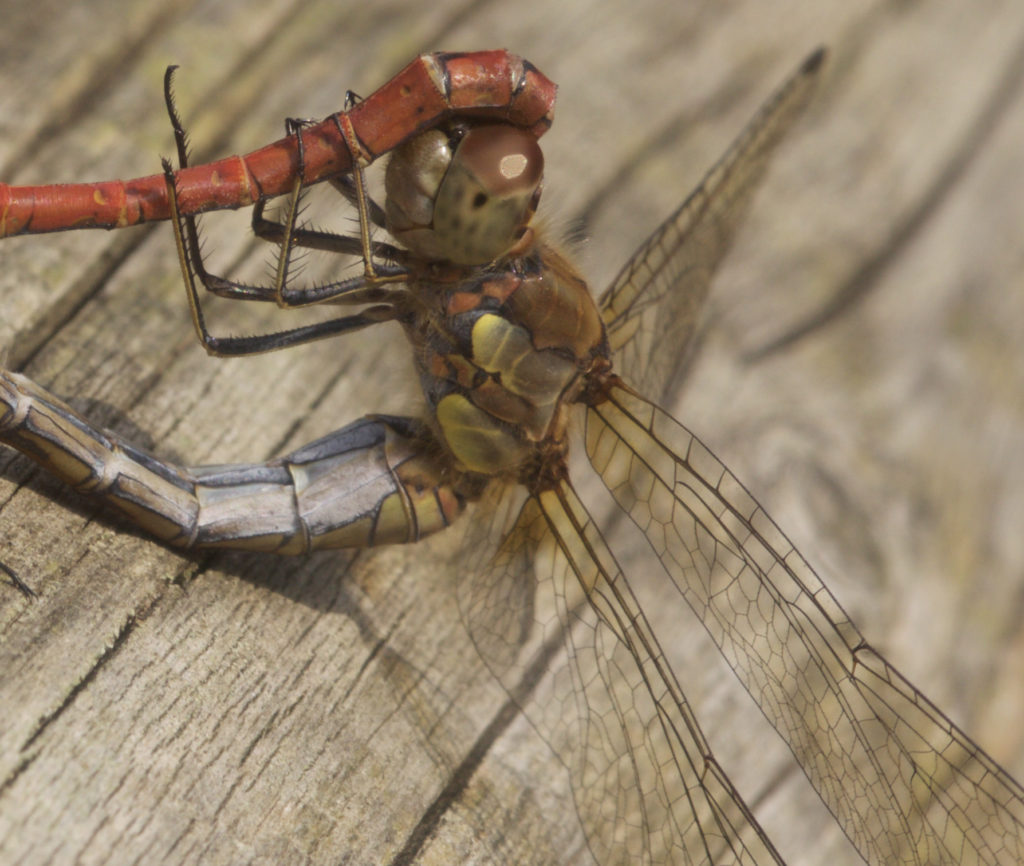
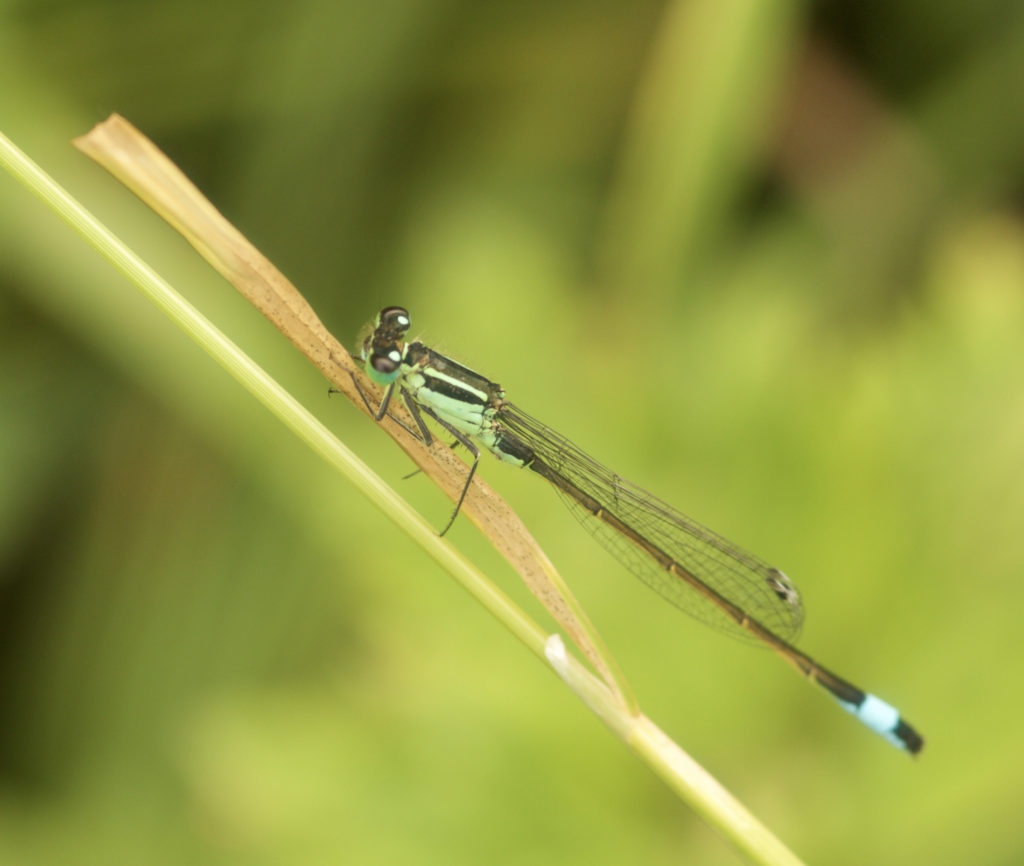
We had our own close encounter with this remarkable insect one day after heading into the Embrace Nature UK garden and finding a Damselfly in the Hedgehog’s water bowl. I fished it out and found that it was still alive but its wings were stuck together. As Damselflies need all four wings free to fly, the only way this one would survive is if we could separate them.
The Damselfly and I spent 45 minutes together as I tried to separate its wings with a blade of grass. We’re happy to say the patience paid off and after the lengthy struggle, it moved all of its wings and took off to freedom.
The only camera we had to hand was from the Kindle but here’s the little one who made it to fly another day!
